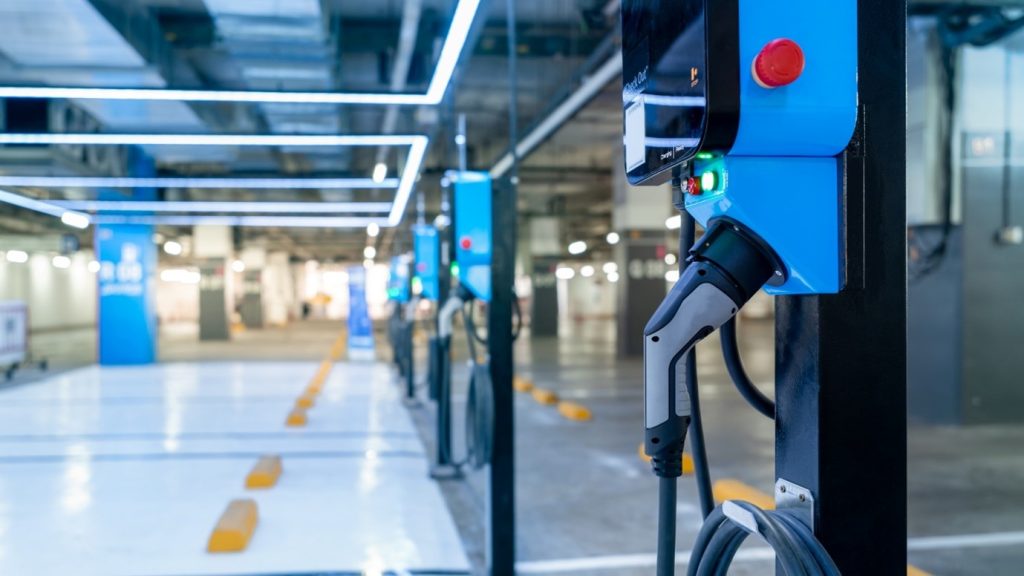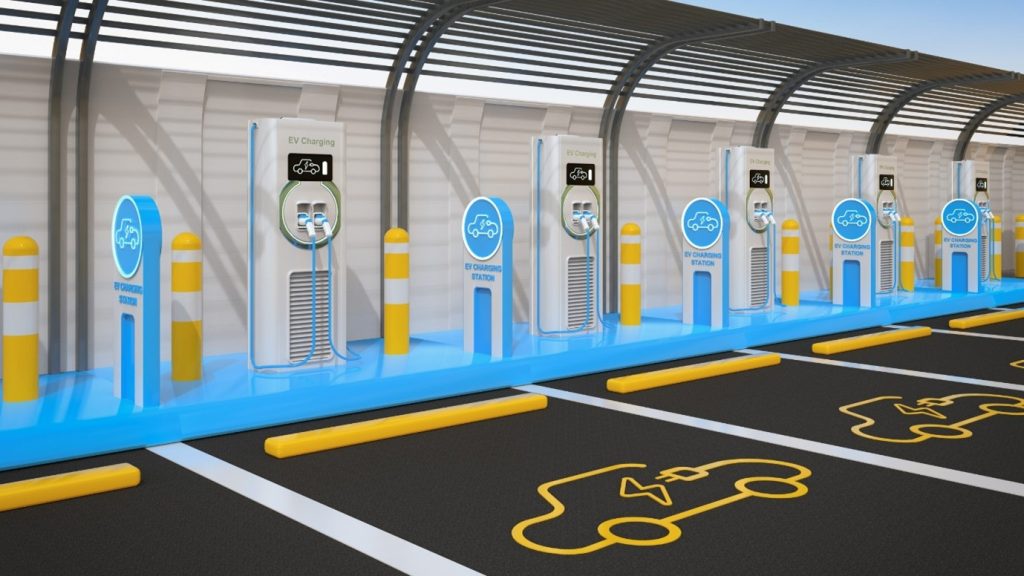
In March this year, the UK government released the latest iteration of the Electric Vehicle Infrastructure Strategy. At first glance, the policy acknowledges that there is a huge body of work necessary to make the UK an EV friendly country. It demonstrates an understanding that people need reassurance to buy electric, but as things stand too many hurdles remain.
The strategy sets targets which align with wider climate policy, and it aims to create a robust underpinning to a cleaner society. However, If the government wants to take the public with them, they need to make things easier and more affordable.
When the plan was unveiled, it included plans to increase roadside charging points. This is all very well if you can find a spare spot and have time to kill while your car charges, but what if you are a business owner for whom time is money?
The Car Parts Distributor
Let’s look at a scenario. Smith’s Spares is an auto parts distributor supplying local mechanics at short notice. Client retention relies upon fast delivery – they must get the parts out to enable the mechanic to return the car to the owner the same day. If they don’t, someone else will.
A company like this can only plan so much and it needs to be agile in its response; they need to know their vehicles are ready to go immediately. In this situation, they are unlikely to have time to find a local roadside charging point, much less have time to wait while the battery charges. However, it is feasible that they return to the depot to collect new orders for the next run of the day.
This is where the ability to have battery charging infrastructure onsite is vital, and the fear is that the EV Infrastructure strategy doesn’t go far enough in supporting UK businesses.
The question is, does the strategy embrace the need for businesses such as Smith’s Spares?
What is the EV Infrastructure Strategy?

Firstly, the EV Infrastructure Strategy is a comprehensive policy. It does acknowledge the need to support commercial vehicles, but much of the plan explains how targets will be met to provide charging points across UK road networks, and this may not give peace of mind to business owners.
In a bid to address this, the strategy includes provision of grants, the Workplace Charging Scheme being one, but there are deadlines attached to them. The concern is what will happen after they expire.
We know that the landscape of British business is changing to meet the needs of climate change initiatives. The grants go further than just helping the end user because they also uplift revenues for intermediaries like workplace charging installers and solar PV companies.
The reality is that the cogs of the machine that is green business need to be greased. For the EV infrastructure plan to meet its targets, the government must provide the lubrication to keep the wheels turning.
What does The Future of EV Fleets look like?

There is no doubt that globally we need to reduce emissions. In fact, Statista reports that in 2021 passenger cars in the UK were responsible for more than 50% of transportation GHG emissions.
In April 2023, Fleet News reported that 45% of small to medium business owners are struggling with switching to electric and perhaps this isn’t surprising given the current strain on the economy. Some companies can’t afford to replace vehicles, and while leasing is an option, in the absence of cash flow even that is a push.
Overall, the EV Infrastructure Strategy does allude to support for fleets, but whether it’s enough is another question. One thing is for certain, though. The motor industry is forging ahead with green solutions, and there is no going back… the future for fleets is electric.



